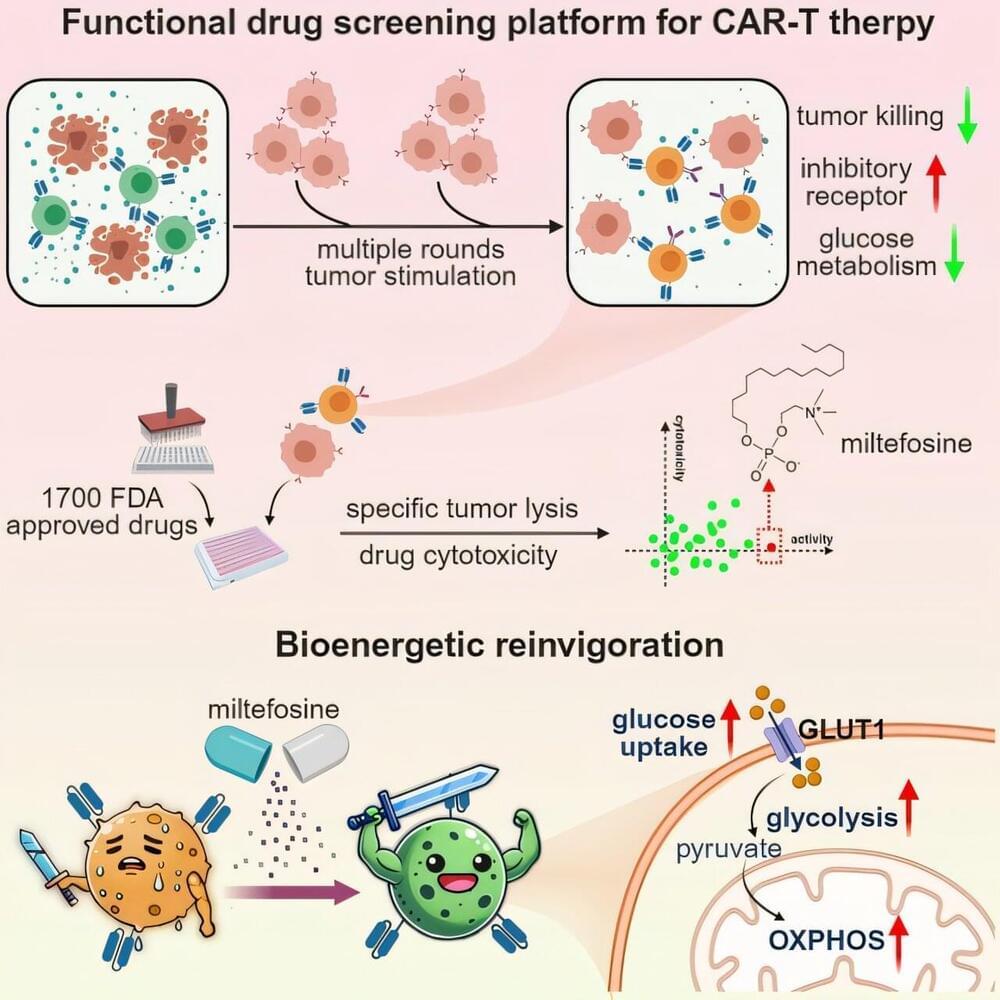The field of artificial intelligence (AI) has witnessed extraordinary advancements in recent years, ranging from natural language processing breakthroughs to the development of sophisticated robotics. Among these innovations, multi-agent systems (MAS) have emerged as a transformative approach for solving problems that single agents struggle to address. Multi-agent collaboration harnesses the power of interactions between autonomous entities, or “agents,” to achieve shared or individual objectives. In this article, we explore one specific and impactful technique within multi-agent collaboration: role-based collaboration enhanced by prompt engineering. This approach has proven particularly effective in practical applications, such as developing a software application.







